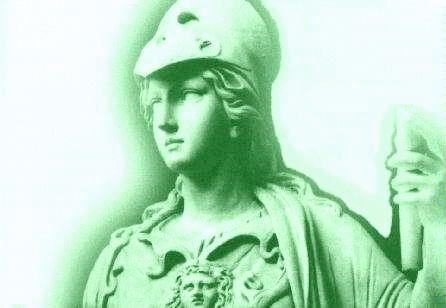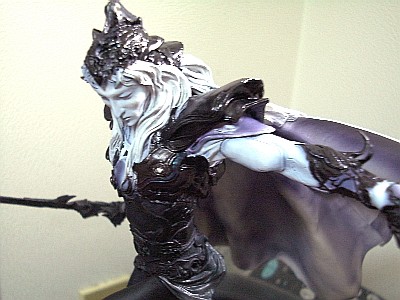Athena & Hera Unearthed

Statues of Ancient Goddesses Discovered
from The Associated Press
ATHENS, Greece - The life-sized marble statues of two ancient Greek goddesses have emerged during excavations of a 5,000-year-old town on the island of Crete, archaeologists said Friday.
The works, representing the goddesses Athena and Hera, date to between the second and fourth centuries — during the period of Roman rule in Greece — and originally decorated the Roman theater in the town of Gortyn, archaeologist Anna Micheli from the Italian School of Archaeology told The Associated Press.
"They are in very good condition," she said, adding that the statue of Athena, goddess of wisdom, was complete, while Hera — long-suffering wife of Zeus, the philandering king of gods — was headless.
"But we hope to find the head in the surrounding area," Micheli said.
Micheli said the goddesses were toppled from their plinths by a powerful earthquake around A.D. 367 that destroyed the theater and much of the town.
"This is one of the rare cases when such works are discovered in the building where they initially stood," she added.
Hopes are high that other parts of the theater's sculptural decoration will emerge during future excavations.
Gortyn, the Roman capital of Crete, was first inhabited around 3000 B.C., and was a flourishing Minoan town between 1600-1100 B.C. It prospered during classical and Roman times, and was destroyed by an Arab invasion in A.D. 824.
Greek mythology has it that the town witnessed one of Zeus' many affairs — with the princess Europa whom the god, disguised as a bull, abducted from Lebanon. Europe was named after Europa, who conceived her first son with Zeus under a plane tree in Gortyn.







 what the Great Conjunction is. 'What's the Great Conjunction?'
what the Great Conjunction is. 'What's the Great Conjunction?' 




 A Is for Androids
A Is for Androids B Is for Boba
B Is for Boba C Is for Calvin
C Is for Calvin D Is for Dragons
D Is for Dragons E Is for Elric
E Is for Elric F Is for Futures
F Is for Futures G Is for Genie
G Is for Genie H Is for Hobbits
H Is for Hobbits I Is for Iceman
I Is for Iceman J Is for Jedi
J Is for Jedi K Is for Kraken
K Is for Kraken





































































0 Comments:
Post a Comment
<< Home